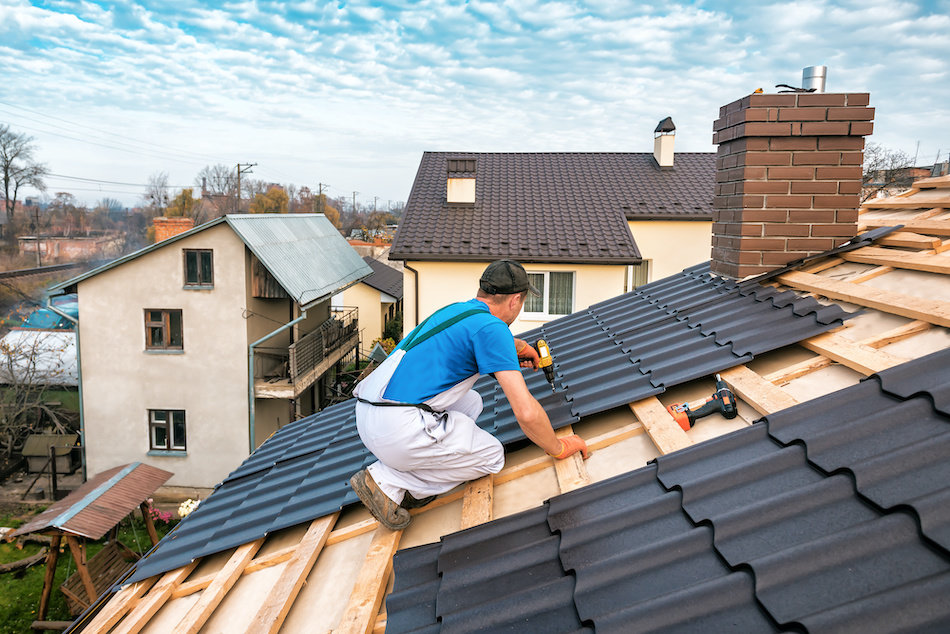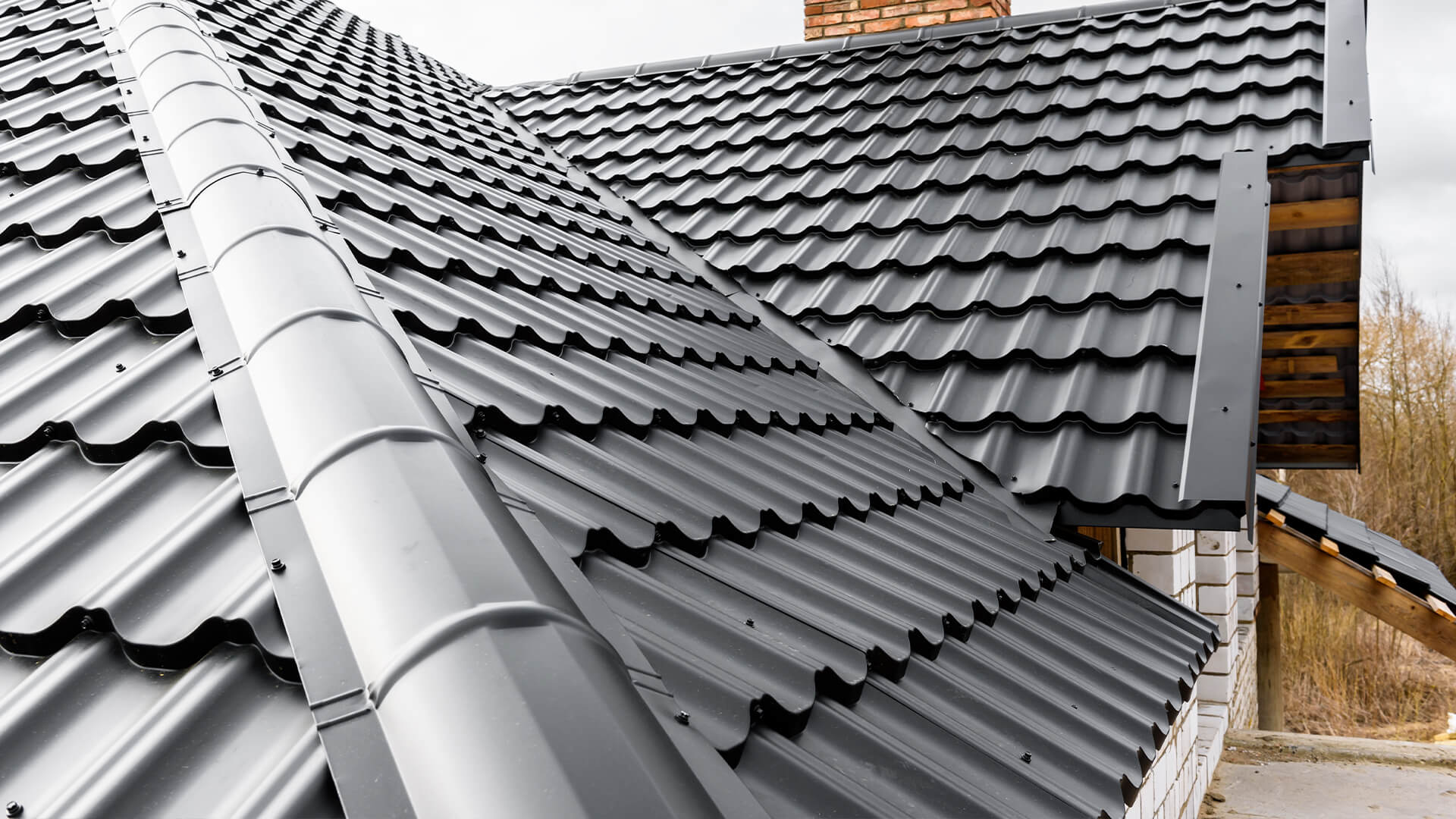The Benefits of Collaborating With Gainesville FL Roofing Companies
The Benefits of Collaborating With Gainesville FL Roofing Companies
Blog Article
Best Practices for Ensuring Appropriate Roof Covering Ventilation
A balanced intake and exhaust vent ratio, typically 1:300, plays an essential function, with intake vents ideally positioned at the lower edge of the roof for trendy air access and exhaust vents at the height for warm air departure. Maintaining insulation away from vents is essential to protect against airflow restriction.
Understand Air Flow Fundamentals
Correctly understanding ventilation basics is crucial for making sure the longevity and effectiveness of roof systems. Efficient air flow alleviates dampness build-up and temperature extremes in the attic, both of which can lead to substantial structural damage gradually. A well-ventilated roof helps in protecting against common concerns such as mold development, wood rot, and ice dams, which can endanger the integrity of the roof materials and the underlying structures.
The main objective of air flow is to facilitate the movement of air, enabling a constant exchange between the indoor and exterior settings. This balance is accomplished through a combination of consumption and exhaust vents that function with each other to preserve ideal air flow. Intake vents, typically situated along the soffits or eaves, permit fresh air to enter the attic area, while exhaust vents, frequently located at or near the roofing ridge, allow warm, moist air to leave.
Key variables affecting the effectiveness of roofing air flow include proper positioning, adequate sizing, and guaranteeing that both intake and exhaust vents are unblocked. Regular inspection and maintenance are critical to identify possible blockages, damage, or inefficiencies in the ventilation system, consequently protecting the roof covering's efficiency and toughness.
Sorts Of Roofing System Vents
Roofing system vents play an essential function in keeping efficient attic room air flow and, by extension, the general wellness of the roof system. Numerous types of roof covering vents are readily available, each with one-of-a-kind benefits customized to certain roofing requirements.

Soffit vents are set up under the eaves and job in tandem with roof covering vents to make sure a well balanced intake and exhaust system. By enabling cooler air to enter from below, soffit vents help with the expulsion of warm air with top vents. Gable vents, situated on the outside wall surfaces of the attic, offer another effective option, especially in homes with saddleback roofs.
Analyze Your Present Air Flow

Next, consider the age and condition of your roof covering products and roofing companies air flow components. Older systems may not conform with existing building ordinance or may have degraded in time, reducing their performance. Conduct an extensive exam to determine any kind of indicators of damage, such as corrosion, damages, or spaces that could compromise the system's performance.
Additionally, gauge the attic room temperature and humidity degrees. High temperatures and humidity can indicate insufficient ventilation.
Installment Best Practices
Reliable installation of roofing ventilation systems is paramount for ensuring ideal efficiency and long life. Appropriate installment begins with comprehending the specific air flow requirements of the roofing system and the structure it covers. This entails calculating the proper proportion of intake to tire vents, typically sticking to the 1:300 policy, which stipulates one square foot of ventilation for every 300 square feet of attic room flooring room.

The positioning of vents is equally essential. Consumption vents ought to be installed at the roof covering's reduced side, frequently in the soffits, to permit great air to get in. Exhaust vents, on the various other hand, ought to be set up near or at the roof covering's top to facilitate the exit of warm, damp air. This creates an all-natural airflow that aids preserve temperature level and moisture equilibrium within the attic space.
Seal all vent connections meticulously to avoid air leakages and prospective water seepage. Usage top notch products and comply with manufacturer standards to make certain longevity and effectiveness. Furthermore, incorporating ridge vents with baffles can substantially enhance air flow performance you can find out more by stopping wind-driven rain and snow from getting in the attic.
Eventually, specific installation of roofing ventilation systems reduces possible concerns such as mold growth, ice dams, and structural damages, ensuring the roof covering's integrity and the structure's total health and wellness.
Normal Maintenance Tips
Uniformity in maintenance techniques is fundamental to making sure the long-term efficiency of roof air flow systems. Throughout these assessments, make sure that vents are cost-free of debris, nests, and other blockages that could impede airflow.
Utilize a soft brush or a vacuum cleaner to remove dirt and debris from intake and exhaust vents. Be careful not to damage the air vent displays or louvers throughout the procedure.
Proper insulation is equally important. Make sure that attic insulation does not block the vents, as this can severely restrict air movement. Reposition or change it to maintain a reliable obstacle. if any insulation has actually moved or resolved.
Last but not least, change any harmed or missing out on elements promptly. Broken vents, cracked shingles, or worn-out blinking can all add to poor ventilation and should be resolved without hold-up. Routine upkeep makes certain that the roof ventilation system operates ideally, consequently extending the lifespan of the roofing itself.
Conclusion
Making sure appropriate roof ventilation is extremely important for keeping the efficiency and toughness of a roof covering system. Adherence to the 1:300 consumption and exhaust air vent proportion, paired with the critical placement of vents, is crucial. Routine semiannual evaluations, particles cleansing, and making sure insulation does not block air flow are essential techniques. Applying these finest methods will promote a well-ventilated roof, therefore alleviating possible concerns connected to moisture accumulation and excessive warm, eventually prolonging the roofing system's life-span.
A well balanced intake and exhaust vent ratio, typically 1:300, plays a pivotal role, with consumption vents preferably placed at the reduced edge of the roofing for trendy air entry and exhaust vents at the optimal for cozy air departure. Consumption vents, normally located along the soffits or eaves, enable fresh air to enter the attic room area, while exhaust vents, commonly located at or near the roof ridge, allow warm, moist air to escape.
Soffit vents are mounted under the eaves and job in tandem with roof vents to guarantee a balanced consumption and exhaust system. By allowing cooler air to go into from below, soffit vents help with the expulsion of hot air with upper vents. Adherence to the 1:300 consumption and exhaust vent ratio, combined with the critical placement of vents, is essential.
Report this page